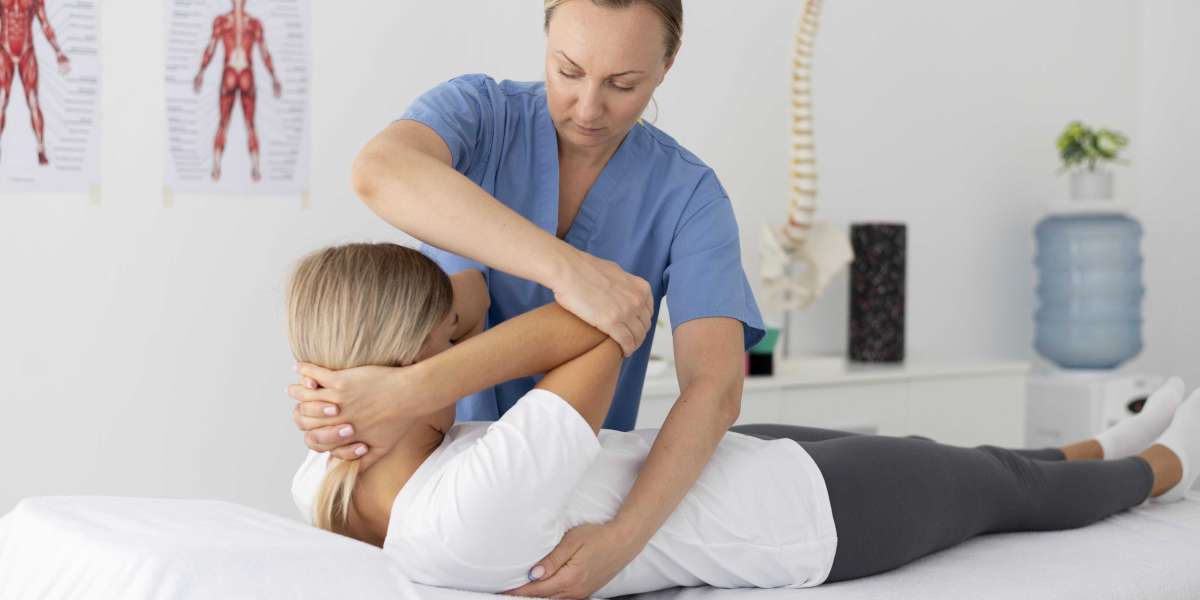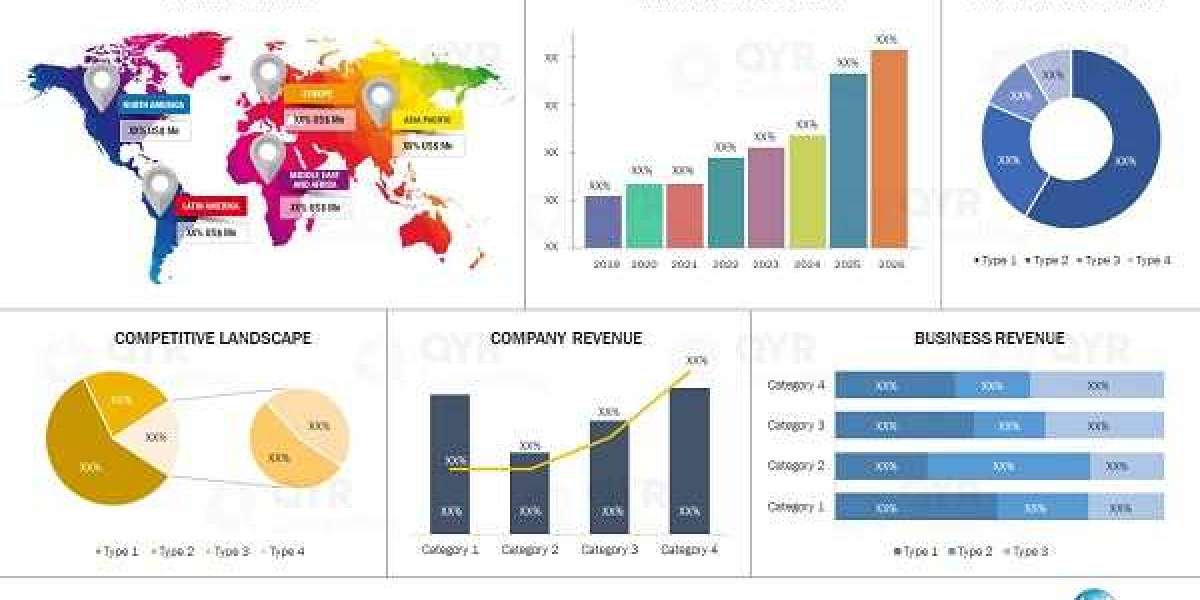A stroke can trade life right away—one second, the whole lot is ordinary, and the next, easy actions are not feasible. But while a stroke may be a setback, it doesn’t outline the destiny. Recovery is possible, and physiotherapy is one of the handiest tools to regain electricity, mobility, and independence.
Why Stroke Recovery Requires Physiotherapy
The effects of a stroke vary—some human beings enjoy muscle vulnerability, even as others battle with stability, coordination, or perhaps simple day-by-day obligations. Without focused intervention, the ones demanding situations can become long-term disabilities. Physiotherapy bridges the gap between impediments and healing by way of retraining the brain and frame to work together once more.
Key regions in which physiotherapy enables:
- Restoring Movement: Exercises help rebuild strength and coordination in affected limbs.
- Enhancing Balance: Stroke survivors frequently conflict with balance, developing fall dangers. Physiotherapy enables regaining stability and self-warranty.
- Overcoming Spasticity and Stiffness: Targeted strategies decorate flexibility and save you muscle tightness.
- Regaining Independence: From dressing to strolling, physiotherapy restores the functionality to perform ordinary duties.
- Improving Endurance: Stroke survivors can also enjoy fatigue; physiotherapy contains stamina-constructing exercises.
- Preventing Secondary Complications: Addressing immobility reduces the risk of blood clots, pressure sores, and joint troubles.
Stroke rehabilitation isn’t pretty much improving misplaced function—it’s about reclaiming lifestyles.
The Science of Recovery: How Physiotherapy Works
1. Neuroplasticity: Rewiring the Brain
The mind has an awesome ability to conform, even after a stroke. Neuroplasticity allows new neural pathways to form, supporting the frame to relearn movements and functions. Physiotherapy benefits from this by supplying repetitive targeted bodily activities that fortify those new connections.
2. Task-Specific Training
Instead of ordinary sporting events, stroke rehabilitation makes a specialty of movements that patients use in their daily existence—getting up from a chair, accomplishing an item, or strolling. Practicing those times and again allows assembly strength and coordination, which are the topics most important.
3.Assisted Technologies in Recovery
Modern physiotherapy includes cutting-edge tools like:
Functional Electrical Stimulation (FES): Uses electric-powered impulses to activate weakened muscular tissues.
- Robotic-Assisted Therapy: Devices assist with movement to rebuild muscle memory.
- Virtual Reality Rehabilitation: Engaging, interactive sporting activities stimulate mind hobbies and enhance motor function.
- Hydrotherapy: Water-based remedy reduces pressure on joints even by improving movement and flexibility.
- Mirror Therapy: Helps stimulate motion in affected limbs with the resource of using seen comments to trick the brain.
These tools make healing quicker, extra powerful, and even extra fun.
The Emotional Side of Stroke Recovery
Physical recovery is simply one part of the journey. A stroke can be emotionally overwhelming and regularly predominant to frustration, tension, or despair. Physiotherapy goes past motion—it allows rebuild self-belief.
Each small victory, whether or not it’s moving a finger or taking a step, restores an enjoyment of control. Working with a physiotherapist offers plenty of needed motivation and encouragement, turning what seems now not feasible into practicable development.
Key intellectual benefits of physiotherapy:
Provides a totally habitual, decreasing feelings of helplessness.
Encourages motive-putting, which maintains motivation excessive.
Offers social interplay and help from therapists and friends.
Reduces anxiety by demonstrating easy upgrades over time.
Steps to a Successful Recovery
Recovery isn’t an immediate course; however, with a solid plan, development is inevitable. Here’s what a robust physiotherapy plan includes:
- Early Intervention: The sooner the remedy starts offevolved, the higher the restoration outcomes.
- Personalized Treatment: No strokes are equal—treatment plans have to be tailored to all of us with traumatic conditions.
- Consistency is Key: Regular physical sports and rehabilitation instructions pressure development.
- Support Network: Having a circle of relatives, friends, and a committed physiotherapist makes the journey smoother.
- Patience and Positivity: Progress may be gradual. However, every small fulfillment is a leap forward.
- Lifestyle Adjustments: Incorporating adaptive tools, home modifications, and a healthy food plan helps recuperate for a lengthy period.
Looking Ahead: Life After Stroke
Physiotherapy is more than a remedy; it’s a pathway to the latest starting. Whether the purpose is taking walks independently, returning to work, or absolutely regaining the ability to carry out each day's sports activities, each leap forward is a victory.
Long-time period recovery techniques encompass:
- Continuing domestic-based physical games after formal remedy ends.
- Participating in community-based totally rehabilitation programs.
- Engaging in low-effect physical activities like swimming or tai chi.
- Staying knowledgeable about new rehabilitation techniques and generation.
If you or a cherished one is on this adventure, bear in mind that recovery is viable, and the right assistance could make all of the difference. Reach out to a physiotherapist, live devoted, and consider the possibilities in advance. The road can be challenging. However, a brighter future awaits.











